Unfortunately, science journalists don’t generally carry crystal balls as part of their arsenal, and if 2020 taught us anything, it’s not always safe to predict what the forthcoming year will bring. With that said, there are some space and physics developments that we can be fairly certain that will come to pass in 2021.
These are ZME Science’s tips for the top space science and physics events scheduled to occur in 2021.
Back to the Beginning with the James Webb Launch
It’s almost impossible to talk about the future of astronomy without mentioning NASA’s forthcoming James Webb Space Telescope (JWST). To call the launch of Webb ‘much-anticipated’ is a vast understanding.

The reason astronomers are getting so excited about the JWST is its ability to see further into the Universe, and thus further back in its history than any telescope ever yet devised. This will allow astronomers to observe the violent and tumultuous conditions in the infant Universe. Thus, it stands poised to vastly improve our knowledge of the cosmos and its evolution.
Part of the reason for JWST’s impressive observational power lies in its incredible sensitivity to infrared light–with longer wavelengths than light visible with the human eye.
The ability to observe the early Universe could help settle confusion about what point in its history galaxies began to form. Whilst the current consensus is that galaxies began to form in later epochs, a wealth of recent research has suggested that galaxies could have formed much earlier than previously believed.
“Galaxies, we think, begin building up in the first billion years after the big bang, and sort of reach adolescence at 1 to 2 billion years. We’re trying to investigate those early periods,” explains Daniel Eisenstein, a professor of astronomy at Harvard University and part of the JWST Advanced Deep Extragalactic Survey (JADES). “We must do this with an infrared-optimized telescope because the expansion of the universe causes light to increase in wavelength as it traverses the vast distance to reach us.”
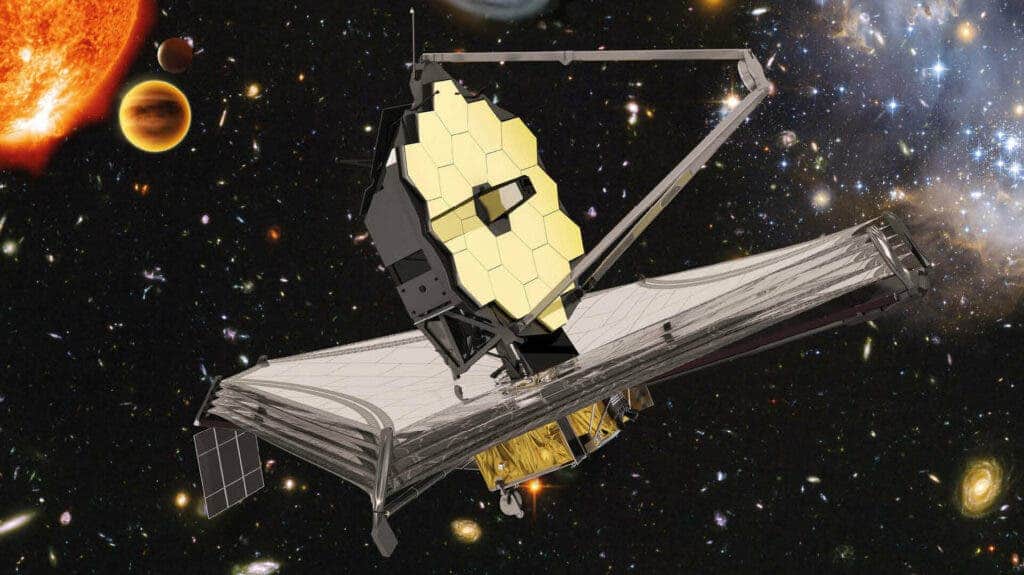
The reason infrared is so important to observe the early Universe is that even though the stars are emitting light primarily in optical and ultraviolet wavelengths, travelling these incredible distances means light is shifted into the infrared.
“Only Webb can get to the depth and sensitivity that’s needed to study these early galaxies.”
Daniel Eisenstein, Havard University
After years of setbacks and delays and an estimated cost of $8.8 billion the JWST is set to launch from French Guiana, South America, on 31st October 2021.
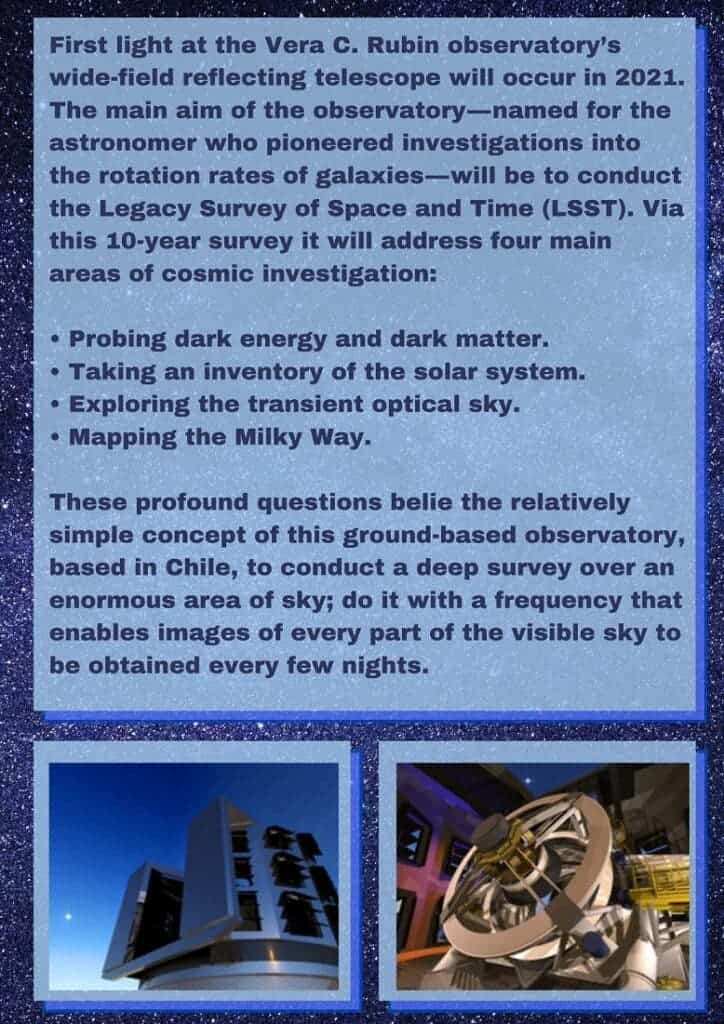
JET Will Have Star Power
The race is on to achieve fusion power as a practical energy source here on Earth. Nuclear fusion is already the process that powers the stars, but scientists are looking to make it an energy source much closer to home.
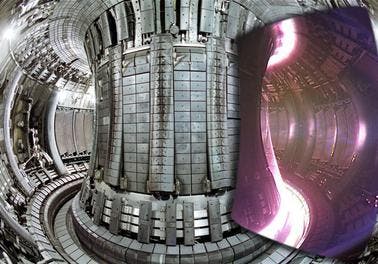
When it comes to bringing star power down to Earth the Joint European Torus (JET)–the world’s largest tokamak–leads the way, housing plasmas hotter than are found anywhere else in the solar system, barring the Sun.
A tokamak is a device that uses a powerful magnetic field to trap plasma, confining it in a doughnut-like shape. Containing and controlling these plasmas is the key to generating energy through the fusion process. Within the plasma, particles collide with enough energy to fuse together forming new elements and releasing energy.
The process is cleaner and more efficient than fission power, which rips the atoms of elements apart, liberating energy whilst leaving behind radioactive waste.
JET itself isn’t a power station, rather it was designed to conduct experiments with plasma containment and study fusion in conditions that approach that which will be found in working fusion power plants. So, whilst the International Thermonuclear Experimental Reactor (ITER)–set to be the world’s largest tokamak–is still under construction and won’t be operational until at least 2025, this year is set to be an important year for the experiment that inspired it.
Following upgrades conducted during 2020, JET is scheduled to begin experiments with a potent mix of the hydrogen isotopes deuterium and tritium (D-T). This fuel hasn’t been used since 1997 due to the difficulties presented by the handling of tritium– a rare and radioactive isotope of hydrogen with a nucleus of one proton and two neutrons.
The JET team will be looking to attain an output similar to the 16 megawatts of power that was achieved in ’97, but for a more sustained period and with less energy input. The initial test at the end of the 20th century consumed more power than it produced.
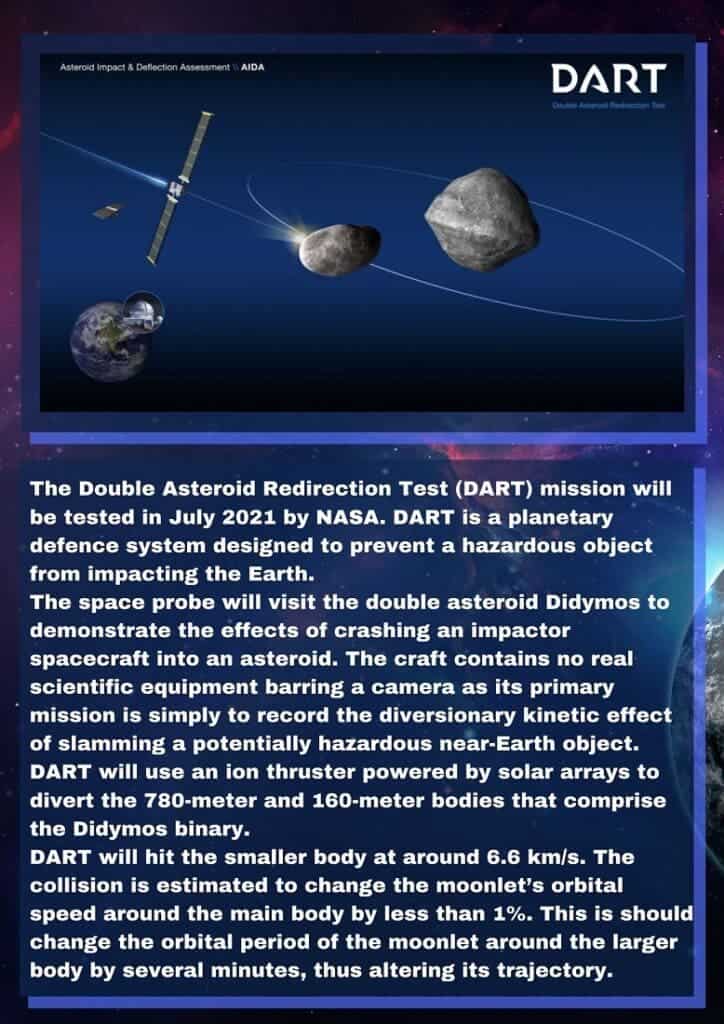
Back to the Moon in 2021
2021 will mark the 52nd anniversary of NASA’s historic moon landing and will see the launch of several missions back to Earth’s natural satellite as well as continuing efforts to send humans following in the footsteps of Armstrong and the crew of Apollo 11.
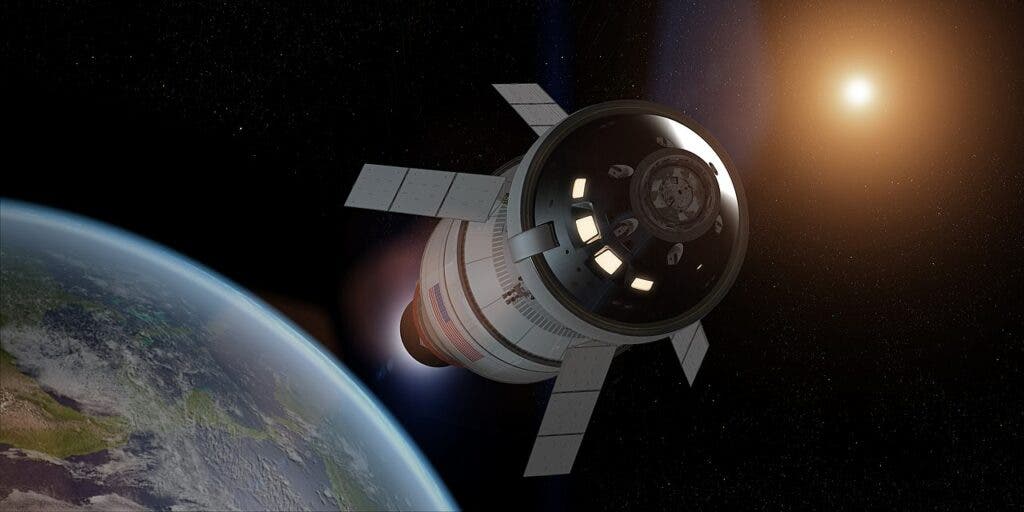
As part of NASA’s deep space exploration system, Artemis I is the first in a series of increasingly complex missions designed to enable human exploration of the Moon and beyond.
“This is a mission that truly will do what hasn’t been done and learn what isn’t known. It will blaze a trail that people will follow on the next Orion flight, pushing the edges of the envelope to prepare for that mission.”
Mike Sarafin, the Artemis I mission manager.
Artemis I will begin its journey aboard the Orion spacecraft, which at the time of its launch in November will be the most powerful spacecraft ever launched by humanity producing a staggering 8.8 million pounds of thrust during liftoff. After leaving Earth’s orbit with the aid of solar arrays and the Interim Cryogenic Propulsion Stage (ICPS) Orion will head out to the moon deploying a number of small satellites, known as CubeSats.
After a three week journey to and from the moon and six weeks in orbit around the satellite, Orion will return home in 2022, thus completing a total journey of approximately 1.3 million miles.
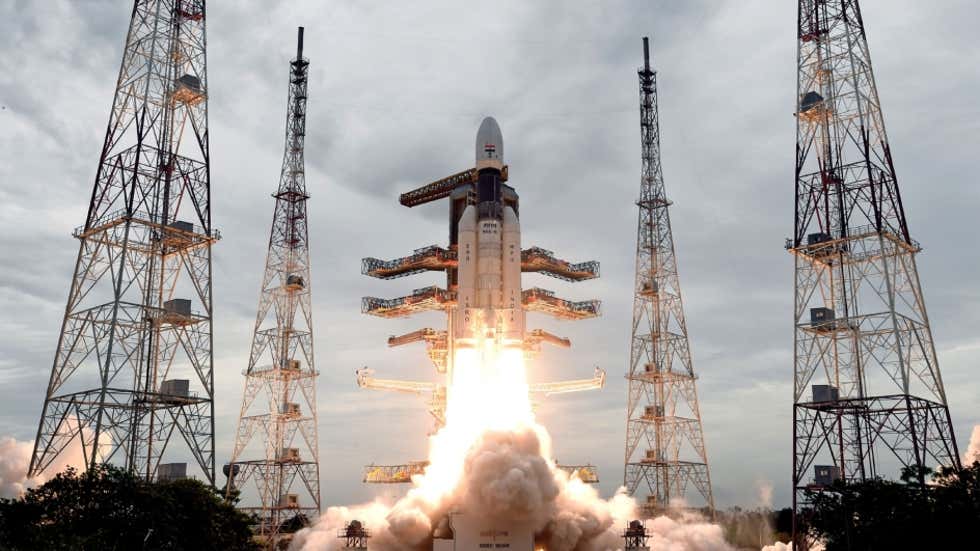
NASA isn’t the only space agency with its sights set on the moon in 2021. The Indian Space Research Organisation (ISRO) will launch the Chandrayaan-3 lunar lander at some point in 2021. It will mark the third lunar exploration mission by ISRO following the Chandrayaan-2’s failure to make a soft landing on the lunar surface due to a communications snafu.
Chandrayaan-3 will be a repeat of this mission including a lander and rover module, but lacking an orbiter. Instead, it will rely on its predecessor’s orbiter which is still in good working despite its parent module’s unfortunate crash lander. Should Chandrayaan-3 succeed it will make India’s ISRO only the fourth space agency in history to pull off a soft-landing on the lunar surface.

Back with a Blast: The LHC Fires Up Again
The world’s largest, most powerful particle accelerator, the Large Hadron Collider (LHC) ceased operations in 2018 and this year, after high-luminosity upgrades, it will begin to collide particles again.
During its first run of collisions from 2008 to 2013 physicists successfully uncovered the Higgs Boson, thus completing the standard model of particle physics. With the number of collisions increased significantly, in turn, increasing the chance of spotting new phenomenon, researchers will be looking for clues of physics beyond the standard model.

The function of the LHC is to accelerate particles and guide them with powerful magnets placed throughout a circular chamber that runs for 17 miles beneath the French-Swiss border. When these particles collide they produce showers of ‘daughter’ particles, some that can only exist at high energy levels.
These daughter particles decay extremely quickly–within fractions of a second– and thus spotting them presents a massive challenge for researchers.
Luminosity when used in terms of particle accelerators refers to the number of particles that the machine can accelerate and thus collide. More collisions mean more daughter particles created, and a better chance of spotting exotic and rare never before seen particles and phenomena. Thus, high luminosity means more particles and more collisions.
To put these upgrades in context, during 2017 the LHC produced around 3 million Higgs Boson particles. When the High-Luminosity LHC (HL-LHC) begins operations, researchers at cern estimate it will be producing around 15 million Higgs Bosons per year.
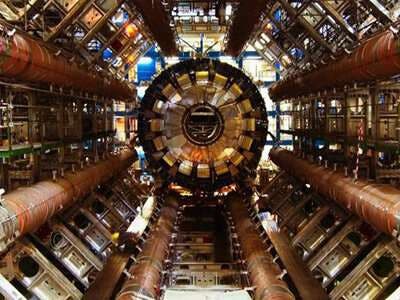
Unfortunately, despite firing up for a third run after these high luminosity upgrades, there is still work to be done before the LHC becomes the HL-LHC.
The shutdown that is drawing to completion–referred to by the CERN team as Long Shutdown 2 (LS2)–was just part of the long operations that are required to boost the LHC’s luminosity. The project began in 2011 and isn’t expected to reach fruition until at least 2027.
That doesn’t mean that the third run of humankind’s most audacious science experiment won’t collect data that reveals stunning facts about the physics that governs that cosmos. And that collection process will begin in 2021.


